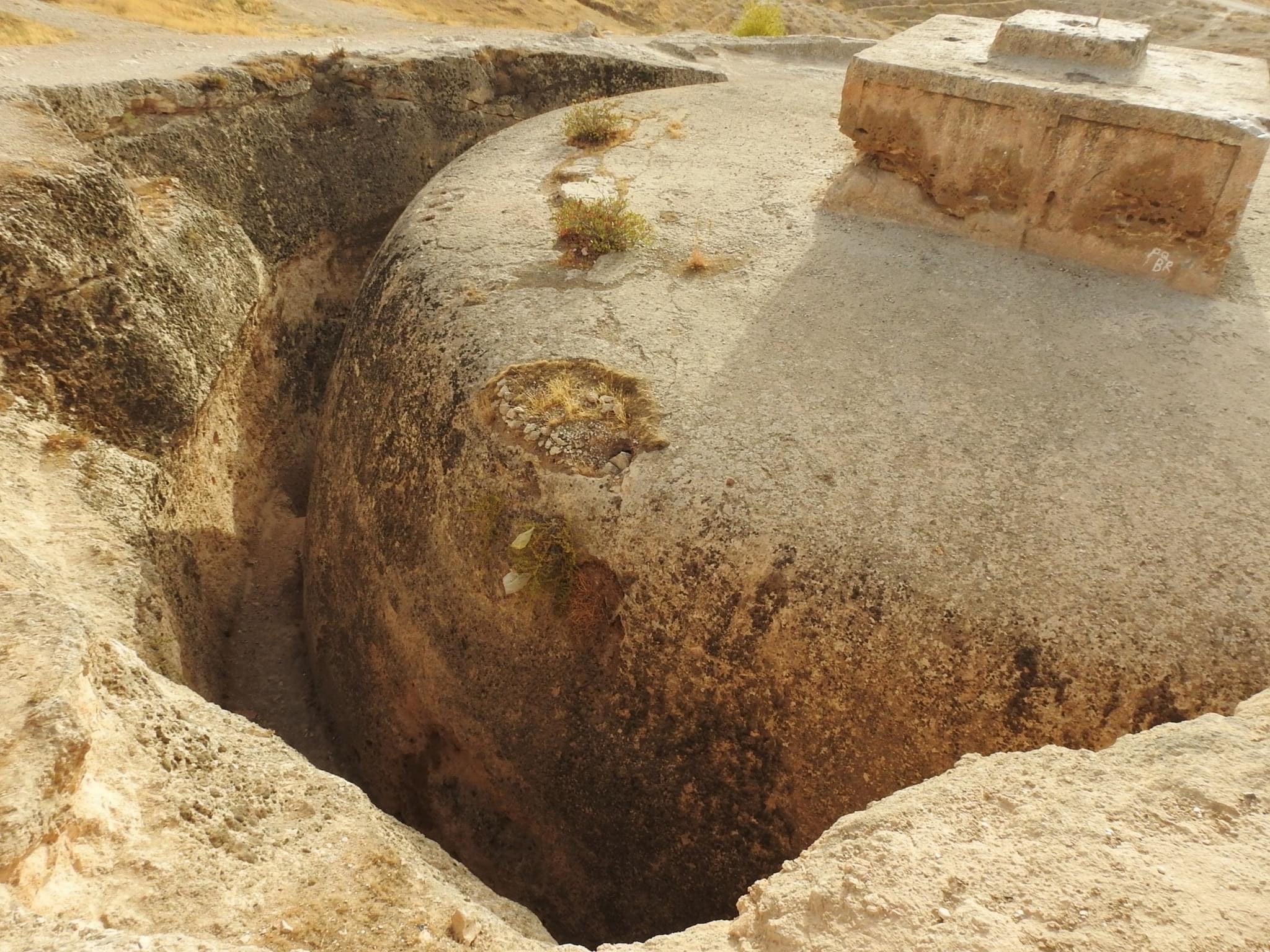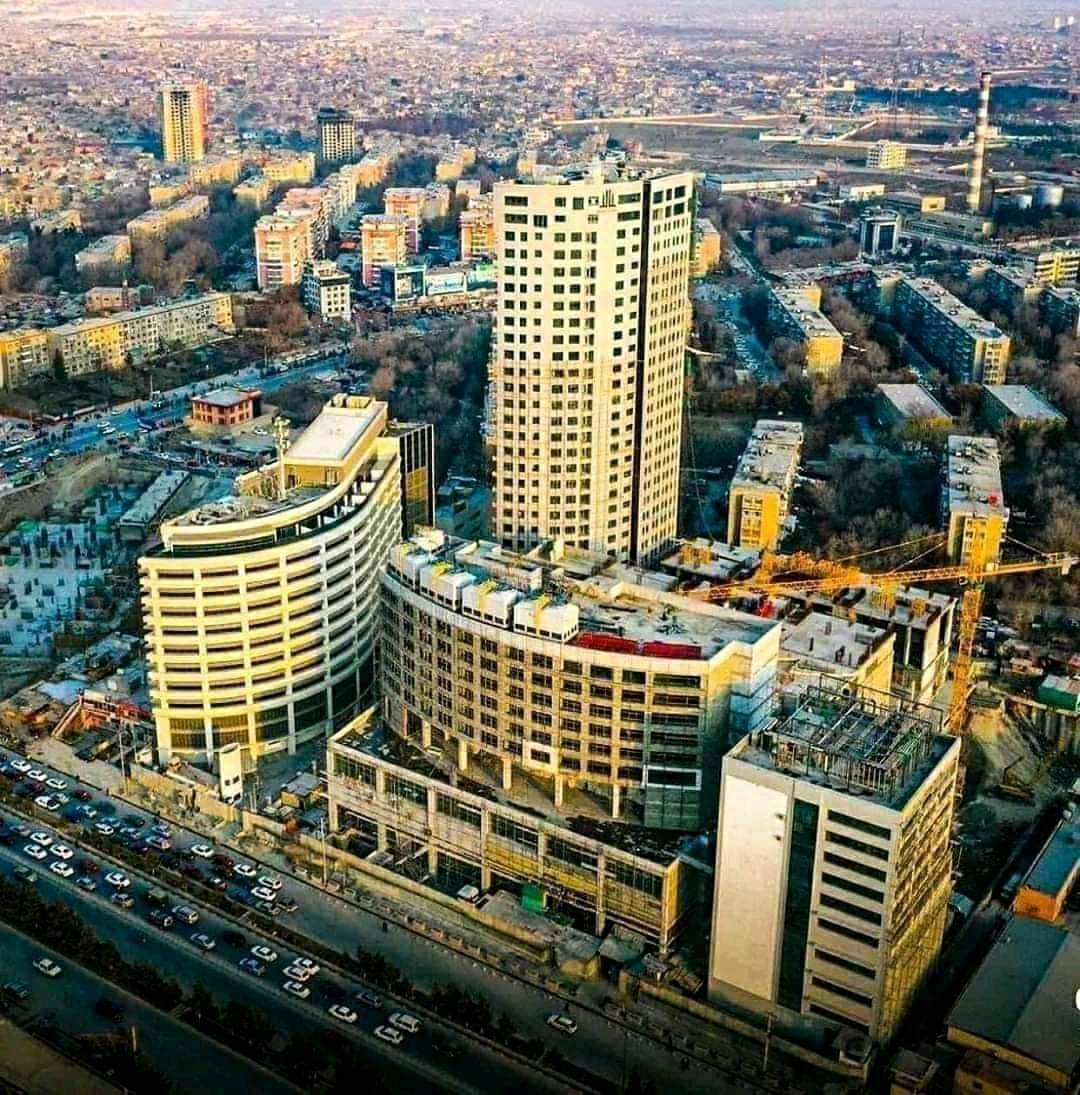
TAKHT-E-ROSTAM
Takht-e-Rustam, located in the Samangan province of northern Afghanistan, is an ancient archaeological site renowned for its rock-cut architecture and historical significance. Carved into the rugged cliffs, this site features a complex of Buddhist monasteries and stupas dating back to the 4th century CE, reflecting the rich cultural and religious history of the region. The name "Takht-e-Rustam," which translates to "Rustam's Throne," is derived from Persian folklore, adding a layer of mystique to the site. The intricate carvings and well-preserved relics offer a glimpse into the Buddhist influence that once thrived in this part of Central Asia, making Takht-e-Rustam a vital link to understanding the region's past and its connections to the broader historical and cultural exchanges across ancient civilizations. While I can't create visual images directly, I can describe what a picture of Takht-e-Rustam might look like to help you visualize it: Imagine a dramatic, rocky landscape with towering cliffs that rise sharply from the surrounding terrain. Carved into these rugged cliffs are several ancient structures, including a series of intricately designed cave temples and stupas. The rock-cut architecture is adorned with faded but still impressive Buddhist motifs and carvings, showcasing intricate patterns and figures. The site is bathed in the golden light of the setting or rising sun, which casts long shadows and highlights the textures of the weathered stone. The surrounding environment is arid and mountainous, with sparse vegetation typical of the region. In the distance, you might see the stark, rugged outlines of the Afghan highlands, adding to the sense of ancient grandeur and isolation.






